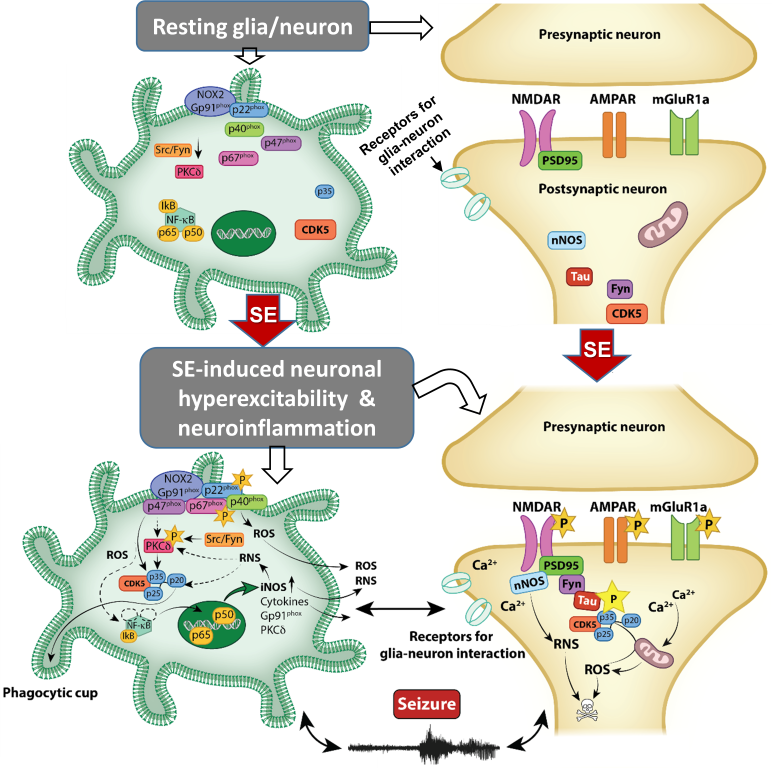Epilepsy Research Lab at Iowa State University

Thimmasettappa Thippeswamy BVSc, MVSc, PgCert HE&TL, PhD, FAES
W.E. Lloyd Endowed Professor in Veterinary Medicine
Fellow of the American Epilepsy Society
Professor of Biomedical Sciences
Email: tswamy@iastate.edu
College of Veterinary Medicine, Iowa State University
https://vetmed.iastate.edu/article/thippeswamy-named-holder-lloyd-chair
https://www.news.iastate.edu/news/2021/12/16/nerveagentexposure
https://vetmed.iastate.edu/story/thimmasettappa-thippeswamy





Research Interests
- Organophosphate neurotoxicity
- Acquired temporal lobe epilepsy
- Seizure-induced Neuroinflammation
- Disease-modification strategies in epilepsy models

Hypothesis. Seizures-induced neuronal hyperexcitability and reactive gliosis persistently activate Fyn and CDK5 in glia and facilitate the Fyn-tau and CDK5/Fyn-tau-NR2B-PSD95 interactions in neurons, and promote both neuroinflammation and neurodegeneration.

Research Focus
Our research goal is to investigate the cellular and molecular mechanisms of disease modification in experimental models of epilepsy and organophosphate-induced long-term Neurotoxicity. Our ongoing research demonstrated that targeting seizures-induced neuroinflammation prevents long-term neurodegeneration and modify the development of epilepsy/disease progression (PMIDs: 37438764, 29197620, 27208748). Since 2017, the Swamy Lab received four R21s, a U01, and an R01 grant from the NIH. The outcome from the first two R21 projects yielded a solid premise for a new U01 project (funded in 2021) to optimize the two test drugs (1400W, an iNOS inhibitor, and saracatinib, a Src kinase inhibitor) in organophosphate nerve agent models- DFP and soman models. From the ongoing U01 project, the lab published five critical papers from the Year 1 milestones (PMIDs: 35197823; 35620057; 37214912; 37008784; 36718979). These publications reveal the differential roles of glia and neurons in seizurogenic experimental models and the disease-modifying effects of 1400W- its neuroprotective mechanism and its impact on modifying seizures-induced behavioral dysfunction. From translational perspectives, we use a telemetry device to capture real-time video-EEG (integrated- 24/7) to quantify seizures, brain MRI to determine both structural and functional changes in various brain regions, and the peripheral biomarkers of nitrooxidative stressors and cytokines from serum and cerebrospinal fluid. Our research approach is integrated and rigorous. Our other papers (PMIDs: 29197620, 27208748, 27100347, 32037612) demonstrate a novel integrated approach to address the core issues in preclinical translational research in epilepsy. We demonstrated the role of Fyn/Src kinase and Fyn-tau interactions in neuroinflammation and epileptogenesis (PMID: 29197620, 7752812). The new R01 project will investigate the molecular mechanisms of Fyn-tau, CDK5, and their interactions with the PSD95-NR2B/nNOS signaling pathways following exposure to an organophosphate nerve agent in a rat model (illustrated in the schematic diagram).
